Last fall, when members of the IATSE live-action locals voted to authorize a strike, TAG’s Executive Board initiated a mobilization campaign in response. The result: the birth of the TAG Tactical Action Group, otherwise known as TAG-TAG. This engaged, committed group includes more than 250 trained volunteer mobilizers committed to growing member engagement through Local 839’s negotiations and beyond.

Thomas Zenteno
Background Painter
Nickelodeon
Why did you get involved in TAG-TAG?
I got involved with TAG-TAG after seeing our live-action kin vote overwhelmingly in support of a strike authorization vote during their contract negotiations. Seeing the level of exploitation and lack of fair treatment by the studios made me realize just how much we’ve won through struggle in The Animation Guild’s history. Union organizing made me realize there’s a clear difference between those of us that work day in, day out for a living, and the studio owners that profit enormously off of the shows we make. I’m now committed to make our Union stronger than ever by building solidarity 1-on-1 with all workers in animation.
Why is it important?
TAG-TAG has allowed our membership to get directly involved with Union organizing—learning, growing, and setting the Union on the path to win the best contract we can. Our efforts in the Tactical Action Group have allowed us to reach members 1-on-1 through phone banking, texting, and even in-person Membership Meetups when safe. This has allowed us to bring our members’ demands to the table in contract negotiations.
What did you learn from becoming involved in TAG-TAG?
The biggest lesson learned is that we’re stronger together. I’ve negotiated my own rates and wages as a Background Painter in this industry, but we have a lot more power doing collective bargaining than we do as a single artist against a studio. Is doing extra freelance every week to make a higher wage the best way to go about it? Or could I organize alongside all my fellow workers and win that wage increase in a TAG contract and spend that time with family instead? Whatever you’d like to see change, it can be done!
Where do you hope to see TAG-TAG go in the future?
I hope TAG-TAG will grow to become the training ground to identify and train future Union leaders. TAG-TAG is a tool for members to build our Union so that we can fight and win! If we could walk into negotiations in 2025, 2028, and so on with every member standing shoulder to shoulder in solidarity, we could win a whole new workplace for ourselves!
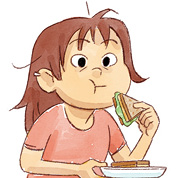
Jessica Vaillant
Model Designer, Hailey’s On It!
Disney TV
Why did you get involved in TAG-TAG?
Like a lot of us, I’ve been interested in our Union’s issues for years but only got involved around the time that the IATSE live-action local’s issues were prominent in the media. I wanted a way to show my solidarity with those folks, and I stuck around because I realized it’s just as important to work on the issues affecting our own animation community.
Why is it important?
We’re reaching out to members and reminding them that they are the Union, and ultimately our successes and failures depend largely on their involvement. I know what it’s like to be apathetic about the state of the industry, and it’s a terrible feeling. I’d love it if we could help one another discuss our power in different ways.
TAG-TAG also does the very important job of listening to what members’ biggest beefs are with the way they work and their contracts. We’re trying to have direct conversations with as many people as we can so we know what issues we should be fighting for!
What did you learn from becoming involved?
When I first got involved, I was so worried that I wouldn’t know enough about the many concerns people have to be able to discuss them intelligently. The nice thing about having 1-on-1 talks with members is that I get to hear about a vast range of experiences. Because of these convos, I know so much more about what challenges workers face in other positions, or at other studios. It feels great to be more plugged in.
Where do you hope to see TAG-TAG go in the future?
My biggest wish for the short term is just to get more people involved. We’ve grown a lot, but we also need as many hands on deck as possible!
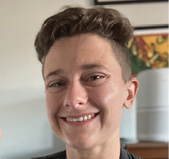
Alex Anderson-Kenney
Animation Artist
DreamWorks TV HUB Team
Why did you get involved in TAG-TAG?
I got involved in TAG-TAG after about a year of gradually increasing my involvement in the Guild. I participated in few groups, regularly attended meetings, and joined the negotiations committee. When the Basic Agreement negotiations devolved this fall, it became clear we needed a rapid response. Out of the collective efforts of everyone who worked to prepare and rally The Animation Guild to support live action, TAG-TAG was formed.
Why is it important?
We’re dedicated to strengthening the Guild and animation industry workers as a whole, and we’re doing that by building a stronger, more organized community. There is a lot of work to be done to improve the animation industry, but so much of it is feasible when you work as a group.
What did you learn from becoming involved?
TAG-TAG has taught me how to take more risks. It has forced me to step out of my comfort zone to do things that need to get done. It has also made me realize just how important it is to have people you can count on to do the big stuff—for the times when you can’t do it alone, you have a team of people who can support you.
Where do you hope to see TAG-TAG go in the future?
I want to continue building solidarity within our Union via TAG-TAG through ongoing communication and community events. I would love it if one day volunteering with TAG-TAG was seen as a quick way to make new friends in the Guild. We have a dedicated group of core members, but there’s always room for more, and we’d love to have you!

Justin Weber
Animator, Encanto
Walt Disney Animation Studios
Why did you get involved in TAG-TAG?
I initially joined the group to help mobilize our membership around the IATSE Basic negotiations. After those negotiations concluded, I stayed on as the group shifted attention toward TAG negotiations. A few of us also formed a studio-specific mobilization group for our own workplace, the Walt Disney Animation Studios Tactical Action Committee, or WDAS-TAC.
Why is it important?
Unions should be member-driven, where the members consider themselves the Union itself—not an external entity that negotiates on their behalf. This is at the heart of what it means to be a union. As workers, we are the skilled artisans who spend our days creating amazing art through our work. We breathe life into characters that audiences around the world connect to and love to watch. We drive the profits of our employers who make billions off our work. We all deserve to lead dignified, joyful, healthy lives, and in order to achieve that, animation workers everywhere need to mobilize to build collective power.
What did you learn from becoming involved?
I learned that 1-on-1 outreach is the most effective tool in our tool belt. One-way, indirect, informational updates, such as large meetings, newsletters, and social media posts can be useful but have declining returns on investment. It is only through having members talk directly with one another about their working conditions and working together to develop and implement strategies around mobilization, that we can build the power we need to achieve our goals.
Where do you hope to see TAG-TAG go in the future?
As remote work becomes more common in animation, we will have to be creative about how to keep workers connected to each other. I hope we can continue to become more comfortable and effective with different forms of long-distance communication so we can push back against the atomization that may come from us working physically apart from each other.
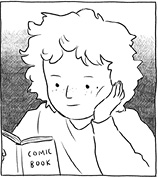
Sammy Savos
Storyboard Artist, Little Demon
ShadowMachine
Why did you get involved in TAG-TAG?
I got involved in TAG-TAG when it was created during the IATSE live-action negotiations. I was learning about the awful conditions under which many people were forced to work, and how a possible strike might affect TAG, and wanted to help. There are a lot of ways I feel our life at work could be improved [in] a healthier and more humane way. For me, TAG-TAG has felt like the best way to act on those feelings and make a direct impact in trying to change the things I think could be better.
Why is it important?
It’s crucial for members to know what’s going on and know how much their voice and their actions make a difference. Our power in bargaining is directly tied to how involved and united our membership is, so TAG-TAG doing direct outreach to members, getting their thoughts and opinions and encouraging them to take action and get involved is necessary and important. For example, if those we bargain with see a massive amount of TAG members wearing our Union t-shirts over Zoom, see us posting about our support for a fair deal on social media, see us organizing together in various visible ways, they will understand that our negotiations team has the backing of the membership behind them.
What did you learn from becoming involved?
When I first joined TAG, I didn’t know much about unions and didn’t realize that in order for unions to function at their best, they need maximum member involvement. Originally, I was very detached, thinking that the relationship between a member and their union was transactional—i.e. you pay dues, and in return you receive benefits. But that couldn’t be further from the truth. Being part of a union is a constant fight to maintain the things members before you have fought to win and to improve upon them.
Where do you hope to see TAG-TAG go in the future?
Ultimately, I want our entire membership to become as informed and active as possible. I want us to have the power to make the changes we so badly need. Being active will look different for everyone! There are many ways to get involved, all with varying amounts of time commitment and expertise.
If you’re a TAG member and want to get involved, email mobilize@tag839.org.
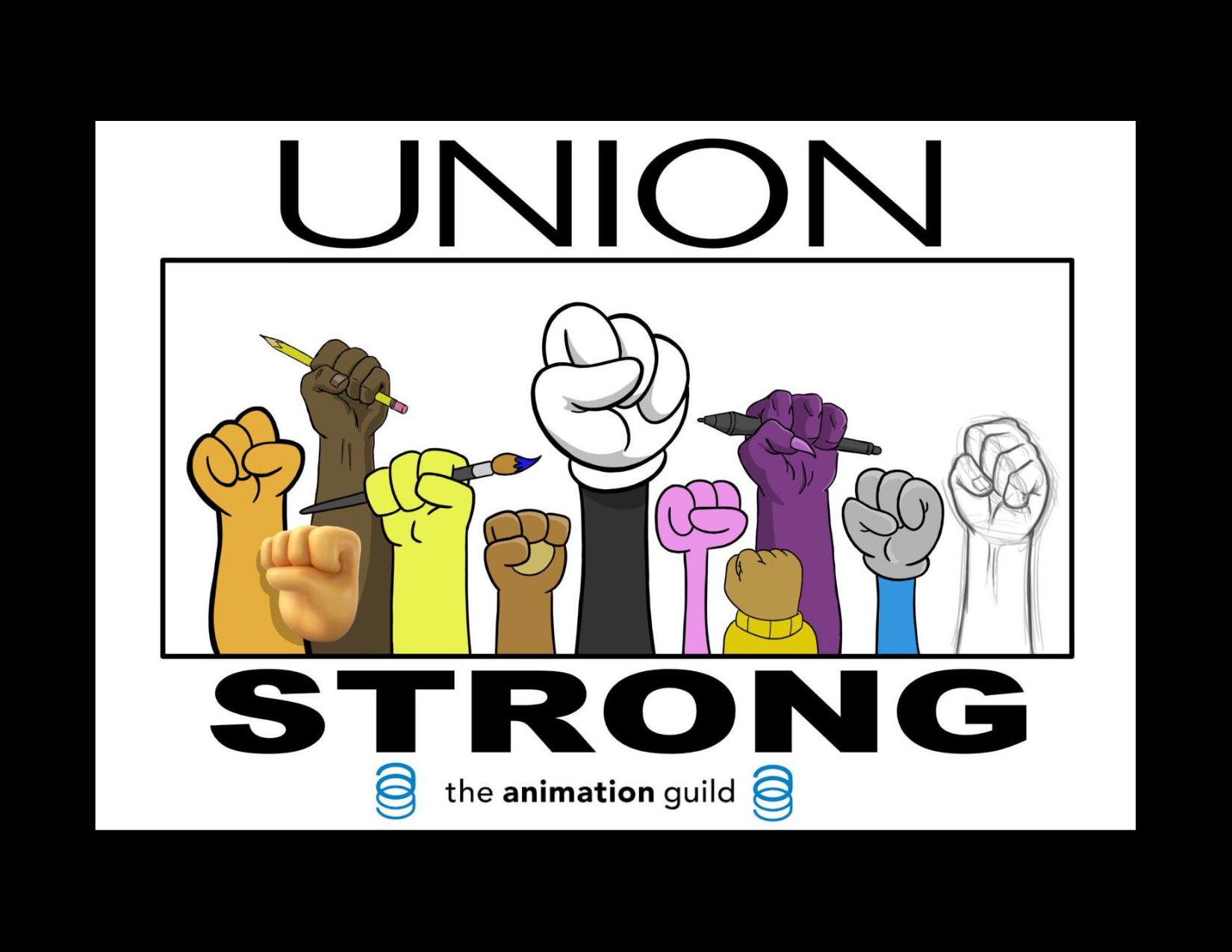
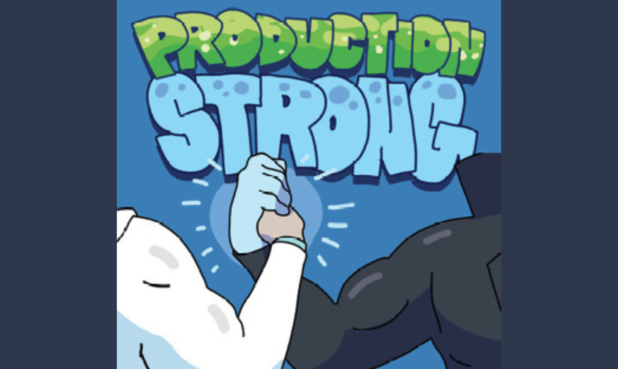
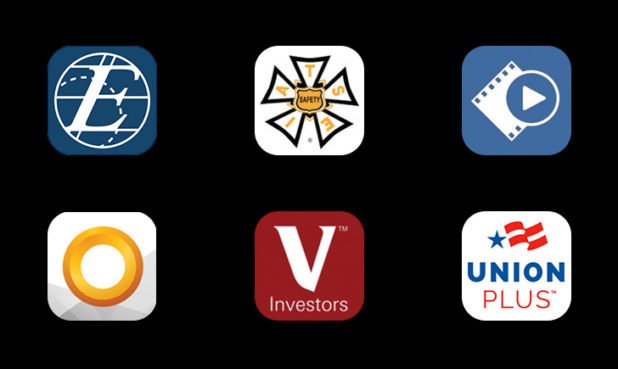
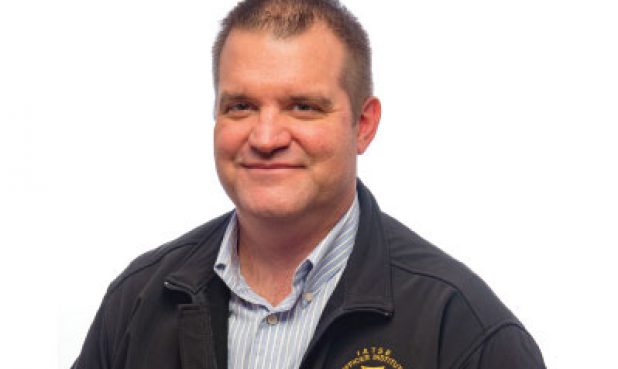
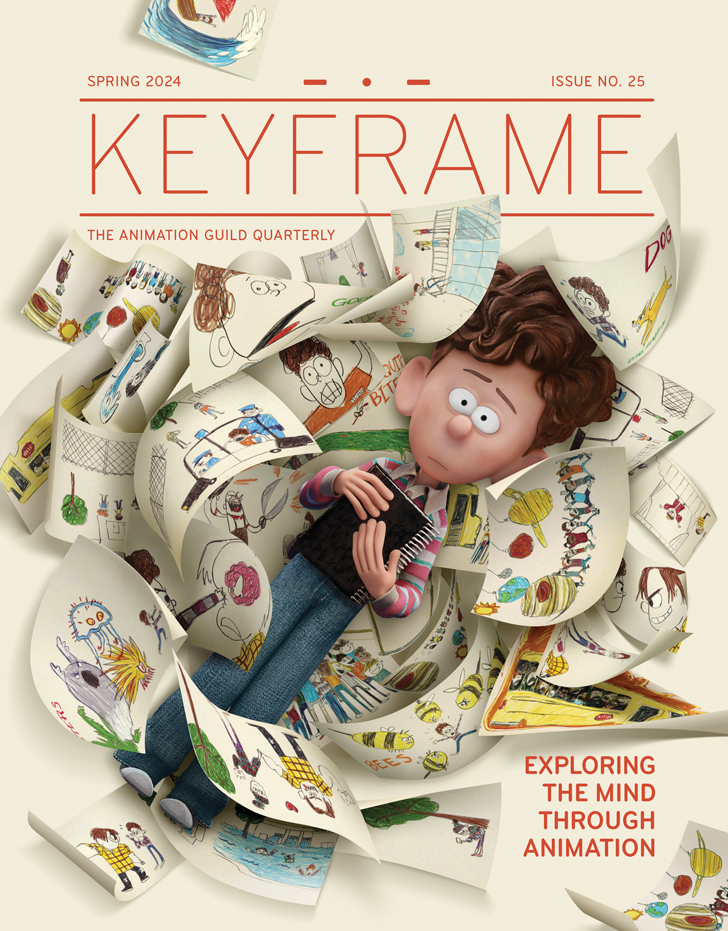
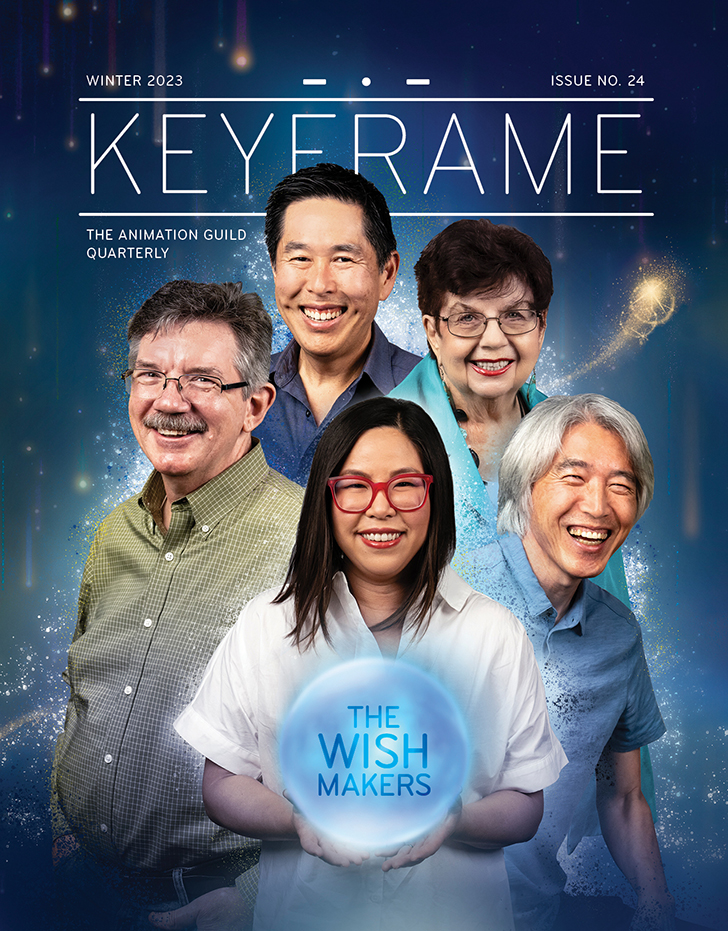
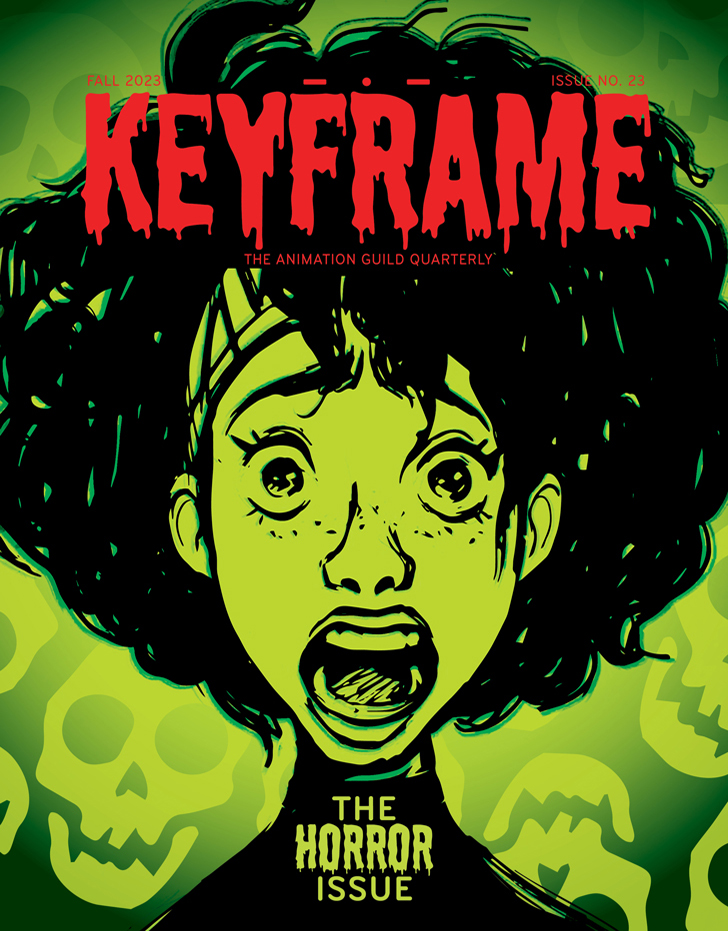
.png)